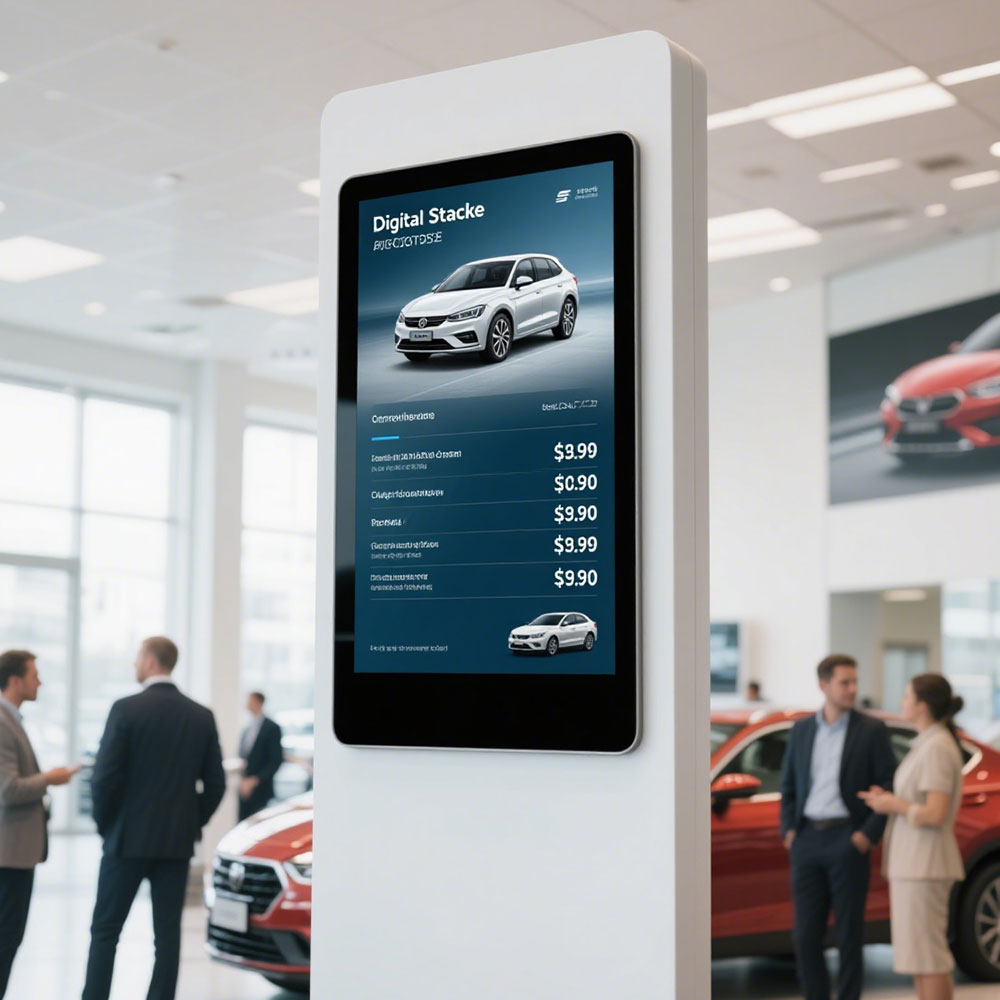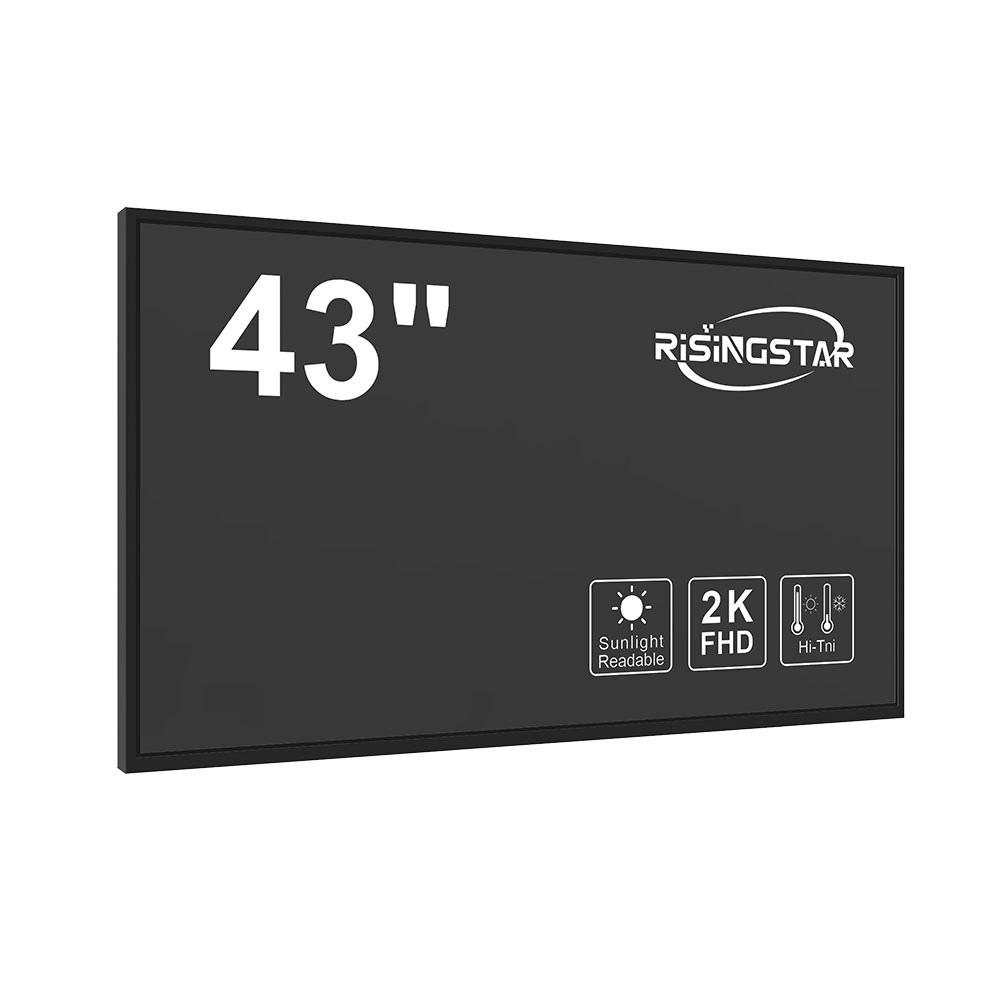In the rapidly evolving world of display technology, IPS LCD screens have become a staple in consumer electronics—from smartphones and tablets to professional monitors and outdoor digital signage. Unlike older TN (Twisted Nematic) panels, IPS (In-Plane Switching) technology offers superior color accuracy, wider viewing angles, and improved image consistency across different viewing positions. This makes IPS LCDs ideal for applications where visual fidelity matters, such as graphic design, medical imaging, and public information displays.
One of the key advantages of IPS LCD screens is their ability to maintain color stability even at extreme angles—up to 178 degrees horizontally and vertically. This feature is critical for collaborative workspaces or public-facing devices like kiosks and retail displays. Additionally, modern IPS panels now support high brightness levels (often exceeding 5000 nits), making them suitable for bright indoor environments and harsh outdoor conditions. For example, in outdoor LED billboards or transit station displays, IPS LCDs are often paired with ruggedized housings and anti-glare coatings to ensure visibility under direct sunlight.
From a manufacturing perspective, the transition from standard IPS to advanced variants like AH-IPS (Advanced Hyper-IPS) and S-IPS (Super IPS) has further enhanced performance metrics such as response time (reduced to 2–4 ms), contrast ratios (up to 1000:1), and power efficiency. These improvements are driven by innovations in liquid crystal alignment, backlight uniformity, and driver IC optimization. Industry standards like ISO 9241-3 and EN 62368-1 also guide manufacturers in ensuring ergonomic and safe use of these displays in both commercial and industrial settings.
For professionals selecting an IPS LCD screen, it’s essential to evaluate not just resolution (Full HD, 4K, etc.) but also luminance, viewing angle, and durability ratings (such as IP65 for dust and water resistance). Whether you're deploying a touchscreen monitor in a warehouse or a weatherproof video wall on a city street, choosing the right IPS LCD panel requires understanding how pixel structure, polarizer layers, and local dimming techniques affect real-world performance. With proper specification and installation, IPS LCD screens deliver reliable, long-term value—making them a top choice for businesses investing in high-quality visual communication.









